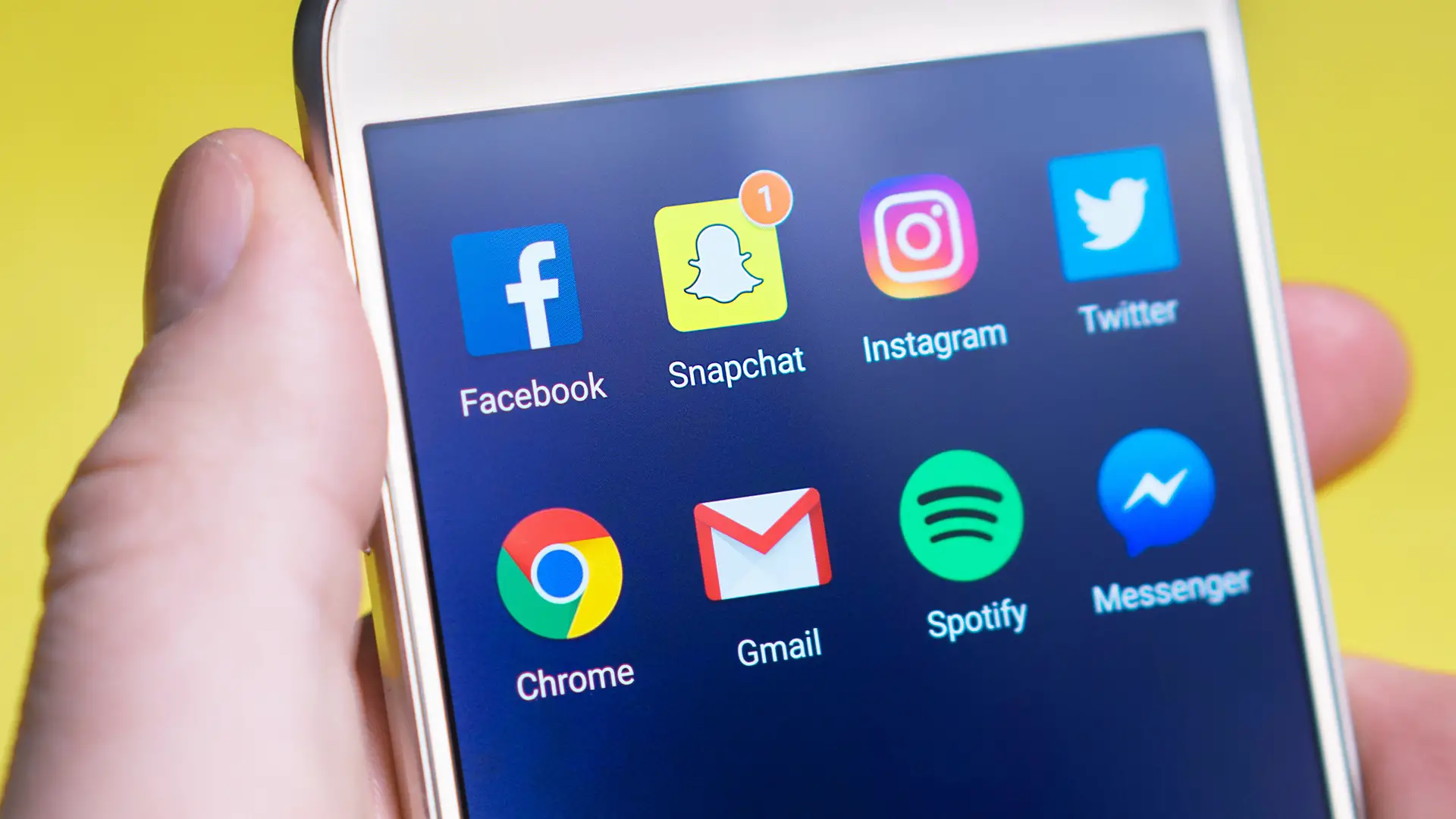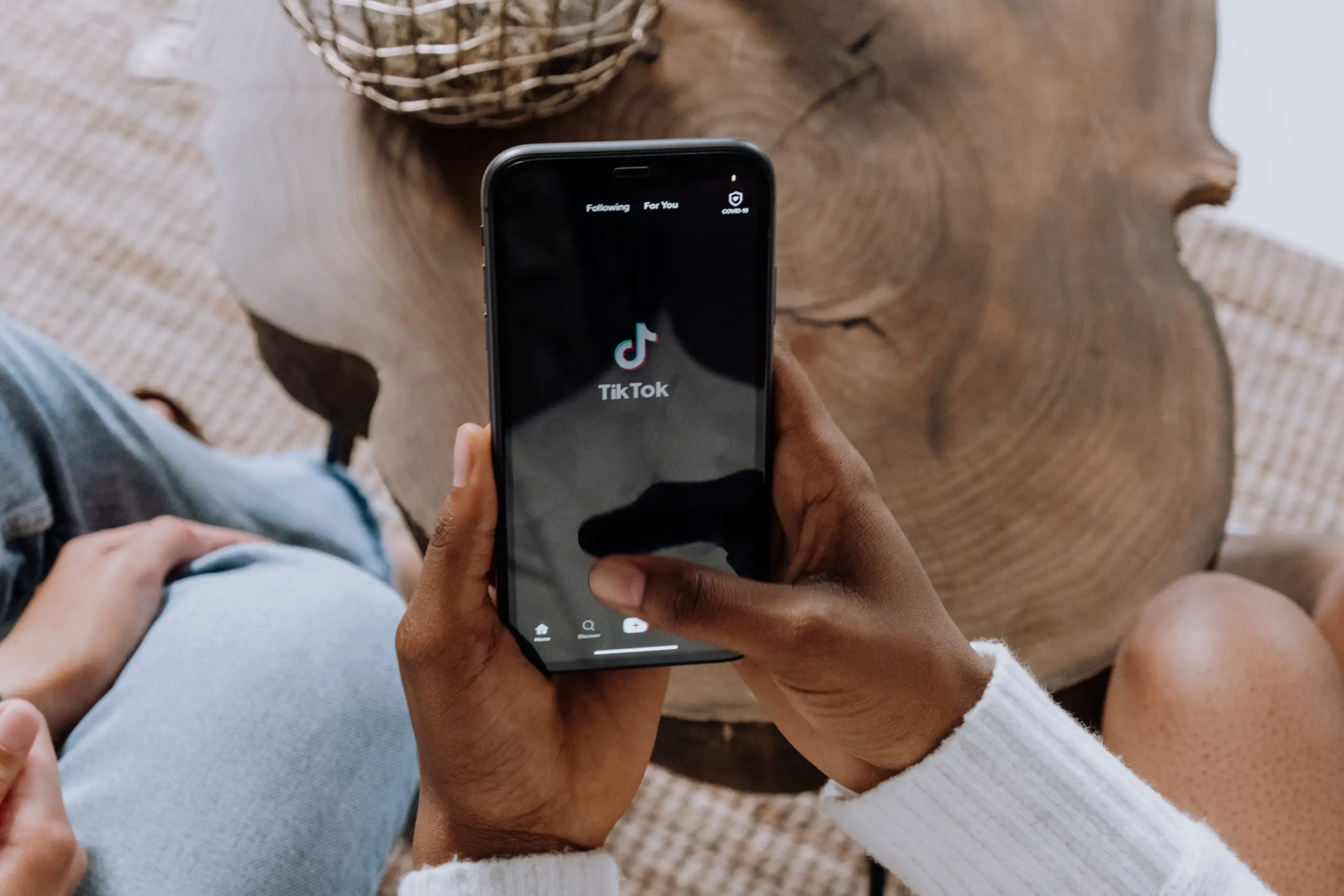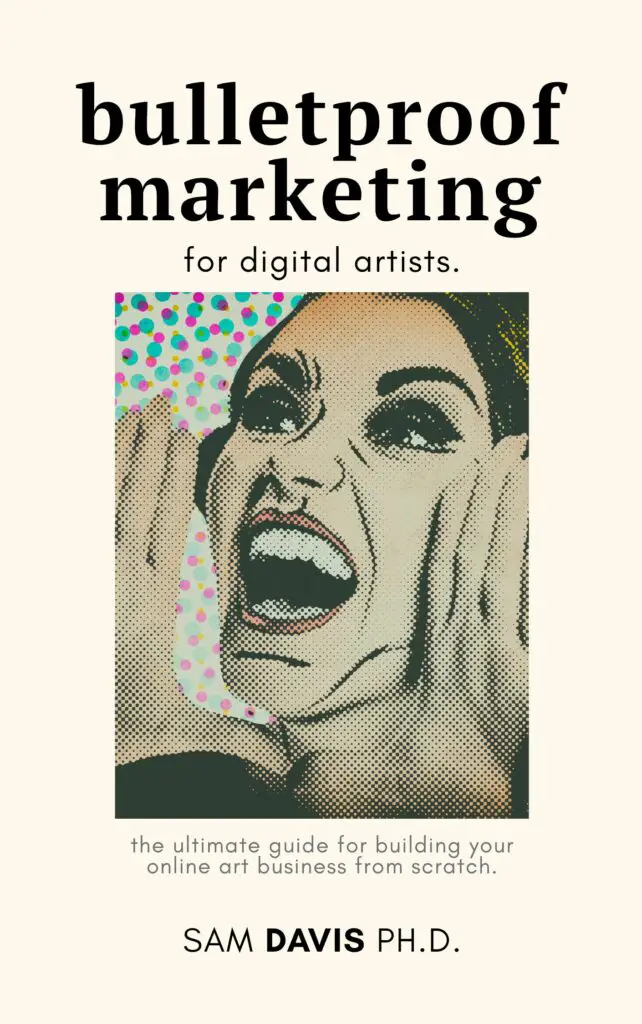Social media is a powerful art marketing tool. I remember the days of art forums, art newsgroups – social media was so limited back then. It took time to download images, and sharing them? Often it was out of the question.
Nowadays there are literally hundreds of social networks for artists to choose from and you can tell they're gaining traction as more and more people join them every day.
So what can you do as an artist to make your art shine in the age of social media? You're about to find out.
What are the most popular social media platforms for artists?
This is a social media guide for artists, so let's start with art social media sites. The top social media platforms for your art are as follows (in no particular order): Instagram, Flickr, Pinterest, Tumblr, Deviant Art and TikTok. All of these sites boast active communities and have plenty of your target audience – whatever type of art you sell.

Do I need to be on every social media platform?
No, not really. Social media art marketing is like playing the stock market – you need to diversify your art portfolio.
Some sites will just not fit with your art, and that's okay. So what do we recommend? Well, you should really spend some time on each social media platform to determine whether or not it would be a good fit for your art.
You should consider things like:
Age range and demographics of the users
Different people hang out on different platforms. You really want to be where your potential customers are. So if you make art for Gen Z or below, you need to be on TikTok. Social media for artists is all about exposure.
Cost of running ads on a particular platform
In some cases, ads may be a better way to reach people. Organic reach – without paying for it – can be time consuming. If it costs you just pennies to get your art in front of potential audience, it's a no brainer: use ads.
Number of users on the platform per month
Most social media platforms are growing, but some are shrinking. Vine has sunset, and Facebook has lost users for the first time in its history. Twitter, another mature social media platform, has also struggled with retaining users over the long term.
In contrast, TikTok is quickly becoming the most popular social media platform, and Instagram, too, is still growing quite a bit. Pay attention to the people talking about these businesses and make informed decisions about which platforms you spend your time on.
Do I need a social media strategy?
Yes. Even if you're just starting your art business, you should use a strategy. Selling your art online is much difference then running an art business in person.
If you're new to social media, you may find it helpful to seek out social media tips and tricks, especially from other artists.

Does social media really work?
Yes. Social media presence works, but it doesn't guarantee sales. You will need to put art out there so people can see it.
But social media is only the golden ticket you've been looking for if you're willing to be consistent with your creative practice. Many other artists use the same social media platforms, so you'll need to stand out.
What are some art marketing tips and tricks?
Have a plan and stick to it
We recommend you start with a simple plan to post a few times a week on your primary social media channel. It doesn't matter which social media site you choose as much as consistency matters.
Leveraging social media means being unique in the creative community
Don't use post schedulers to duplicate content. Instead, tailor your content for other social media platforms.
Include hashtags relevant to your art niche.
Hashtags, tags, or other categories will vary by platform, but your social media presence and reach will be dictated by how you can connect with a new audience. The best social media platforms have hashtags, in my opinion.
Participate.
Participate in social media groups as a way of connecting with other artists. A lot of the most popular social media platforms have communities for this purpose, and it's a great place for networking online.
You'll also want to post links to your website or blog where people can access your art. But don't be weird about it. If it makes sense, share the links.
Which are the best social media platforms for art?
So which social media platforms work for artists?
It's really a question of your personal style and what you want to achieve with your art business.
Let's start with the big ones: Instagram, Facebook, Pinterest, TikTok and Google.
TikTok is growing faster than any other social media platform right now. It's a video platform, but it's great to get your creative juices flowing as a visual artist.
Facebook is declining, but Facebook groups are still a great way for visual artists to get some exposure with the global community. There are tons of “weird art” and “classy art” groups for you to join.
Instagram is owned by Facebook, mature, and still a great tool for showcasing your personal brand and creative work. This great platform features art videos, photos, comments, and direct messaging.
Whichever platform you choose, work hard there before branching out into other platforms. It's better to rock your digital art in one place before moving onto other platforms. Medicority won't help you sell art.
We hope this guide for 2022 social media has helped you determine what you want to do to share your work online. Many artists use social media.
Before you go, consider browsing our other posts on the topic. For example – is social media a trap?

